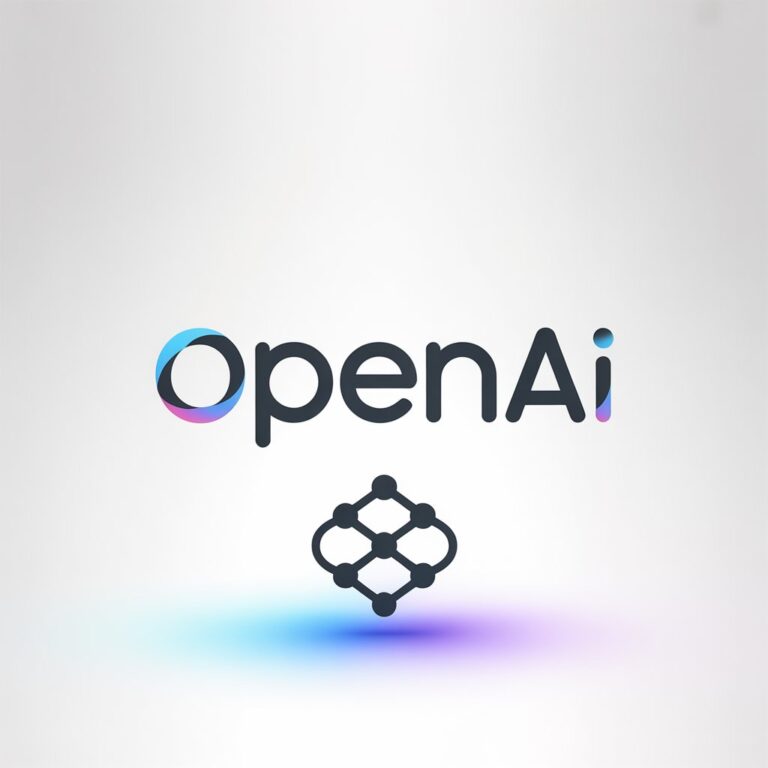Is the AI Hype Fading? Breaking Down the $800 Billion Market Drop
Affiliate Disclosure: This post contains Amazon affiliate links. I may earn a small commission if you make a purchase.
Over the past year, AI stocks have been on a rocket ride. Companies like Nvidia, Microsoft, and Meta have captured headlines for record-breaking growth, driving excitement in the tech world. It seemed like every day there was a new AI breakthrough, investment, or product announcement that kept the market buzzing.
But the recent week has delivered a harsh reality check. AI-linked tech stocks have tumbled dramatically, with investors wiping out nearly $800 billion in market value. The Nasdaq Composite, heavy with tech names, saw its worst five-day performance since the trade war jitters back in April.
So what caused this sudden sell-off? Is the AI craze over, or is this just a temporary correction? Let’s unpack the factors behind this decline, what it means for tech companies, and how it might affect investors like you.

Sky-High Valuations: Were AI Stocks Overpriced All Along?
A central question looms over the AI sector: Were these stocks ever realistically worth their price?
For months, tech giants have been spending billions on AI infrastructure chips, servers, and cloud platforms to train massive AI models. This heavy investment helped fuel the staggering growth of the so-called “Magnificent Seven” and other AI-powered companies.
The Cost of Staying Ahead
Consider this: in just the last financial quarter, Alphabet (Google), Amazon, Meta, and Microsoft collectively spent $112 billion on capital expenditures. Most of this cash went into building AI capabilities.
- Debt and Risk: Experts warn that a large portion of this spending is debt-funded. It echoes the dot-com era of the early 2000s, when speculative tech investments soared before crashing.
- Burning Cash to Compete: Some investment analysts argue that companies are “burning money to keep up” with rivals like OpenAI, which keeps the sector highly competitive and expensive.
Spending heavily isn’t an issue if profits follow, but with some AI stocks having sky-high price-to-earnings ratios, even minor shifts in investor sentiment can trigger major sell-offs.
Investor Sentiment Shifts: Economic Concerns and Retail Retreat
Overvaluation alone didn’t drive the market plunge. Broader economic uncertainties amplified the panic.
Signs of an Economic Slowdown
Investors are wary of weakening economic indicators in the U.S.:
- Consumer Confidence Drops: The University of Michigan recently reported a three-year low in consumer sentiment. Lower consumer confidence typically means reduced spending, which can impact giants like Amazon and Target.
- Job Market Pressure: Hiring rates have been softening, and notable layoffs at major companies including Amazon, Paramount, and Target have heightened fears of a potential recession.
Where Have Retail Investors Gone?
In past market dips, everyday investors often jumped in to “buy the dip” and stabilize the market. This time, however, retail investors largely stayed away. Analysts from JPMorgan observed that traders trimmed positions in companies like Palantir or cashed out gains in emerging sectors like quantum computing, leaving less support for stock prices. This contributed to the accelerated market downturn.
The Global AI Race: Nvidia Faces Headwinds
No company felt the sell-off more than Nvidia, a leader in AI chips and a backbone of the AI revolution. The company’s market value dropped by roughly $350 billion in a single week, following a brief peak near a $5 trillion valuation.
Trade Tensions and Regulatory Challenges
Tensions between the U.S. and China over tech exports have played a key role. Nvidia’s CEO, Jensen Huang, initially suggested China might outpace the U.S. in AI development, later clarifying that the gap was only measured in “nanoseconds.” More importantly, Nvidia indicated that its newest Blackwell AI processors might not be available to Chinese clients, raising investor concerns over lost market opportunities.
Rising Local Competitors
Chinese AI firms are rapidly closing the gap:
- Moonshot AI’s Kimi K2: A new model reportedly trained for under $5 million, showing cost-effective alternatives to U.S.-based solutions.
- Echoes of DeepSeek: Earlier in the year, the launch of DeepSeek’s affordable R1 model triggered a significant drop in Nvidia stock, highlighting investor fears that local, low-cost AI development could challenge expensive U.S. chips.
OpenAI and Big Tech: Massive Commitments, Big Risks
OpenAI’s explosive growth and spending spree have created another layer of market anxiety.
The company has committed to $1.4 trillion in AI infrastructure deals, connecting it closely with tech heavyweights:
- Chipmakers like Nvidia, AMD, and Broadcom
- Cloud providers such as Microsoft, Amazon, and Google (Alphabet)
This interdependence means that if OpenAI encounters financial or operational problems, the ripple effect could impact multiple industry leaders.
Funding Uncertainty
Investor worries intensified after OpenAI’s finance chief hinted at potential government-backed financial support. Although CEO Sam Altman quickly reassured the public that government guarantees weren’t needed and projected revenue growth into the hundreds of billions by 2030, the episode underscored the financial risks tied to AI expansion.
Your Key Questions Answered
Is the AI boom over?
Absolutely not. This recent sell-off is a market correction, not the end of AI. The technology remains transformative, and adoption is still in its early stages. The correction simply reflects a need for more realistic valuations.
Should I buy AI stocks now?
Market dips can offer opportunities for long-term investors, especially in companies with solid fundamentals like Nvidia and Microsoft. But returns may no longer be guaranteed overnight. Always research and consult financial advisors before investing.
How does this affect consumers?
For now, AI services continue to expand. Over time, the pressure on tech companies to justify massive expenditures may lead to more efficient and competitive offerings. This could mean better products, faster innovation, and potentially lower prices as companies explore alternatives like AMD chips instead of pricier Nvidia options.
Looking Ahead: A Smarter, Stronger AI Market
The recent tech stock slump serves as a reminder that market euphoria has limits. Overvaluation, economic worries, and geopolitical challenges all collided to create a perfect storm.
But corrections aren’t all bad. They force companies to focus on sustainable growth and actual profitability. While nearly a trillion dollars vanished from the market, the underlying AI revolution is far from over.
Investors can expect a shift from hype-driven growth to results-driven innovation. Companies that demonstrate real revenue and efficiency will likely emerge stronger, paving the way for a healthier and more competitive AI ecosystem.
So don’t panic, keep an eye on earnings reports, track AI adoption trends, and remember that in tech, the only constant is change
Note: Some links are affiliate links. Purchases may earn me a commission.







